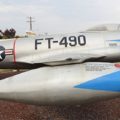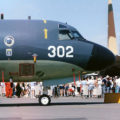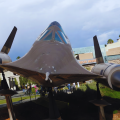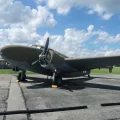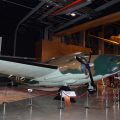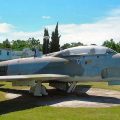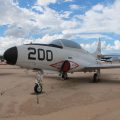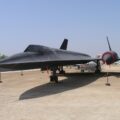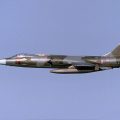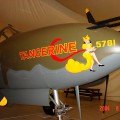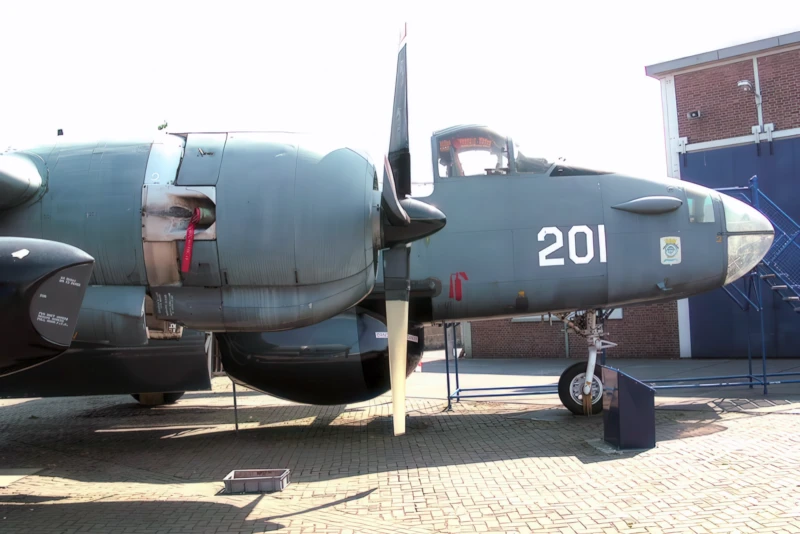
Lockheed P-2 Neptune |
|
|---|---|
| Zemlja | Sad |
| Ulogu | Pomorska patrola i protiv-podmorničko ratovanje |
| Prvi let | 17 Maj 1945 |
| Penzionisani | 1984. From military use |
Lokid P-2 Neptun (označen kao P2V od strane mornarice Sjedinjenih Država pre septembra 1962) bio je pomorska patrola i protiv-podmorničko ratovanje (ASW). Razvijen je za američku mornaricu od strane Lokida da zameni Lokid PV-1 Ventura i PV-2 Harpun, a zauzvrat ga je zamenio Lokid P-3 Orion. Neptun, dizajniran kao kopneni avion, nikada nije sleteo sa nosača aviona, iako je mali broj aviona pretvoren i raspoređen kao nosač lansiranih nuklearnih bombardera koji će morati da se otkače ili oporave u kopnenim bazama. Taj tip je bio uspešan u izvozu i video je službu sa nekoliko oružanih snaga.
Izvor: Lokid P-2 Neptun na Vikipediji
| Lockheed P2V-5F Neptune | |
|---|---|
| Fotograf | Vladimir Jakubov |
| Lokalizacija | Quonset Air Museum |
| Fotografije | 170 |
| Lockheed Neptune Walk Around | |
|---|---|
| Fotograf | Nepoznato |
| Lokalizacija | Nepoznato |
| Fotografije | 68 |
Pogledajte i:
Čaj Lokid P-2 Neptun was a versatile and long-lived aircraft that served in various roles and countries for over four decades. It was designed by Lockheed as a land-based maritime patrol and anti-submarine warfare aircraft for the US Navy, replacing the older PV-1 Ventura and PV-2 Harpoon models. The P-2 Neptune first flew in 1945 and entered service in 1947, with a total of 1,177 units built until 1956. The P-2 Neptune had a distinctive feature of having both piston and jet engines, which gave it extra power and speed when needed.
Čaj P-2 Neptun was used in several conflicts, such as the Korean War, the Vietnam War, the Beagle conflict and the Falklands War, performing reconnaissance, surveillance, bombing, gunship and electronic warfare missions. The P-2 Neptune was also exported to several allies of the US, such as Japan, Australia, Canada, France, Netherlands and Argentina. The P-2 Neptune was eventually replaced by the more advanced Lockheed P-3 Orion in the 1960s and 1970s, but some of them remained in service until the 1980s or even later as firebombers or research aircraft.
Views : 7132


